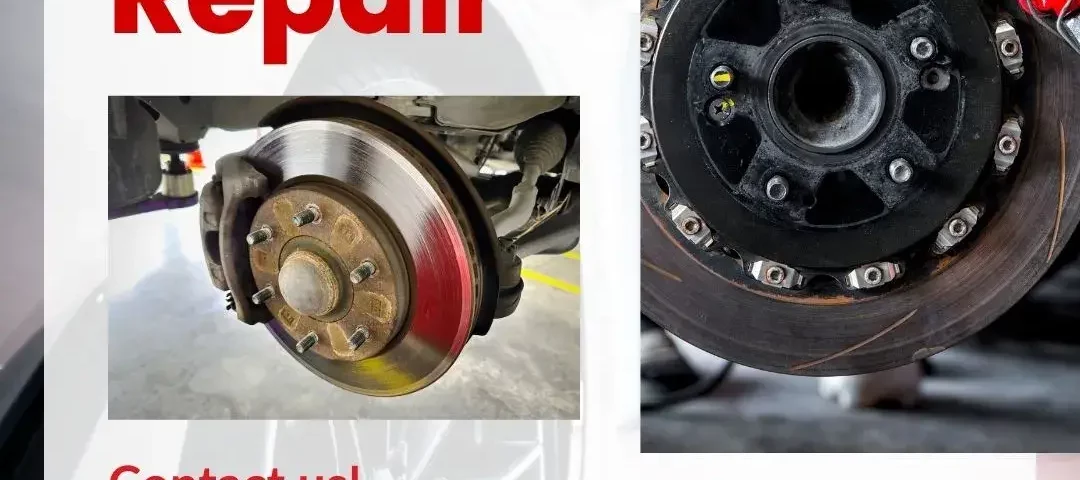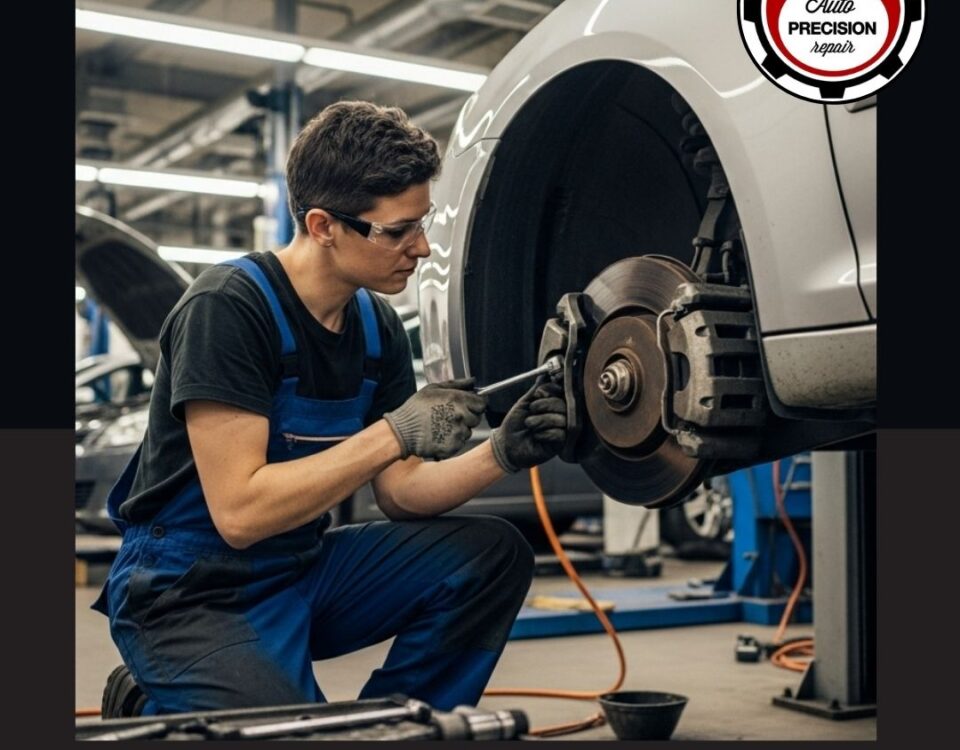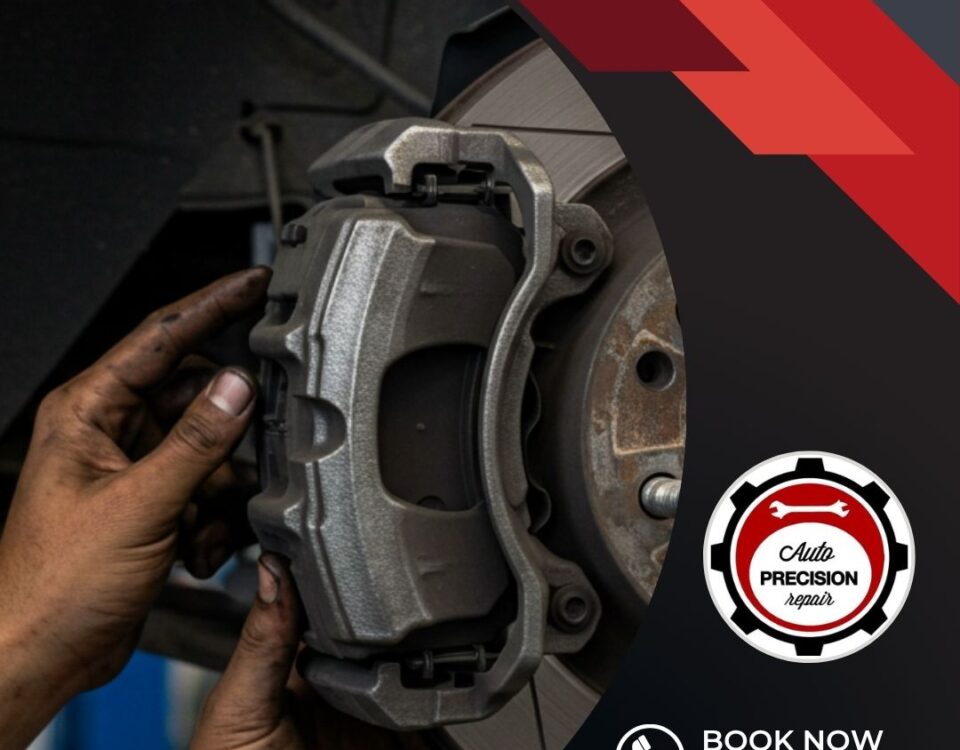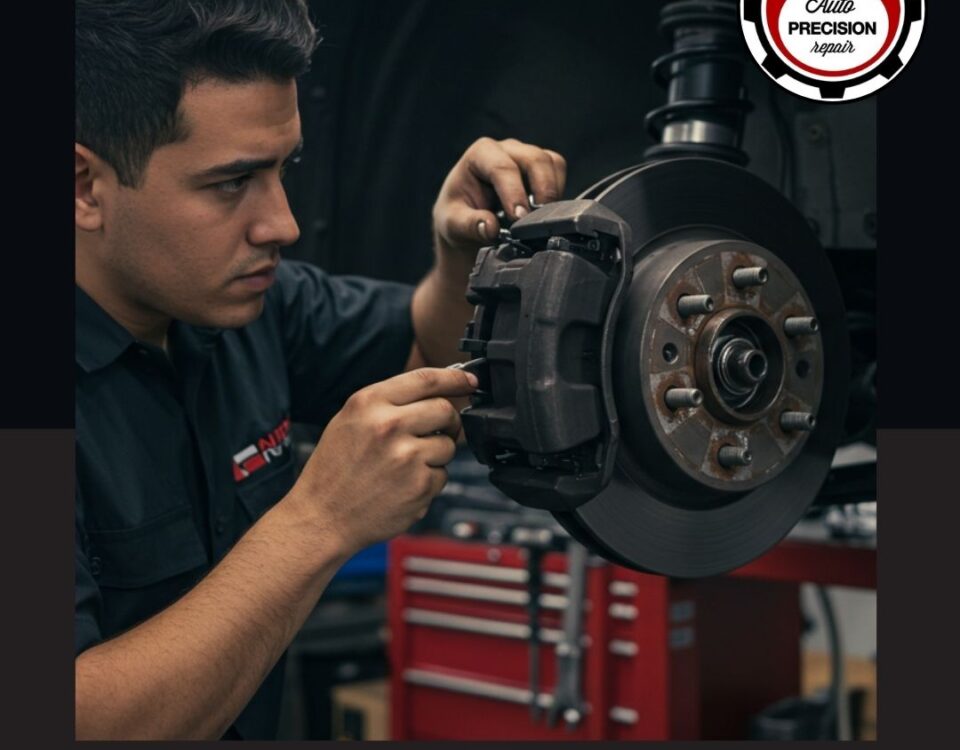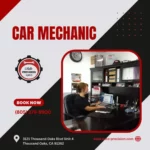
How a Car Mechanic Keeps Up with Automotive Technology
February 15, 2025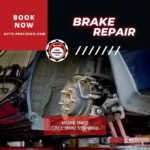
Top Signs Your Car Needs Immediate Brake Repair
February 20, 2025Brakes are one of the most critical safety components in any vehicle, playing a crucial role in preventing accidents. According to the National Highway Traffic Safety Administration (NHTSA), brake-related issues contribute to approximately 22% of car crashes related to vehicle failures. Ensuring your brakes are in good condition can significantly reduce accident risks and improve overall road safety. They allow drivers to slow down or stop efficiently, preventing accidents and ensuring smooth operation. Understanding how brake systems work and recognizing the need for timely brake repair can help you identify potential issues before they become serious problems.
How Brake Systems Work
Most modern vehicles use a hydraulic braking system, which relies on brake fluid to transfer force from the brake pedal to the brake components. When you press the brake pedal, the master cylinder pushes hydraulic fluid through the brake lines, activating the brake calipers or wheel cylinders.
There are two primary types of brake systems, and some high-performance or electric vehicles also utilize regenerative braking, which helps recover energy while slowing down:
- Disc Brakes – Found on most modern vehicles, disc brakes use a rotor, caliper, and brake pads. When you press the brake pedal, the caliper clamps the brake pads onto the rotor, creating friction that slows the vehicle.
- Drum Brakes – More common in older cars or on rear wheels of some vehicles, drum brakes use a brake drum, shoes, and wheel cylinders. When braking, the shoes press against the inside of the drum, generating friction to slow the vehicle.
Both systems rely on friction to stop the car, which naturally wears down the brake components over time. This is why regular maintenance and inspections are essential.
Signs You Need Brake Repair
Recognizing the signs of brake problems early can prevent costly repairs and enhance road safety. Experts recommend having your brakes inspected at least once a year or every 12,000 miles to ensure optimal performance and safety. Here are some key indicators that your brakes need attention:
- Squeaking or Grinding Noises – Worn-out brake pads often produce a high-pitched squeal or grinding noise, indicating they need replacement.
- Soft or Spongy Brake Pedal – If your brake pedal feels soft or requires more pressure to stop the vehicle, it may indicate air in the brake lines or a brake fluid leak.
- Vibrations When Braking – A shaking or pulsating brake pedal may suggest warped rotors, which reduce braking efficiency.
- Longer Stopping Distances – If your vehicle takes longer to stop, it could mean your brake pads are worn out or there is a problem with the brake fluid.
- Dashboard Warning Light – Many modern vehicles have brake warning lights that illuminate when there is a brake system issue.
Why Timely Brake Repair Is Essential
Ignoring brake issues can lead to dangerous situations, including brake failure. For example, a driver with worn-out brake pads may experience delayed stopping times, increasing the risk of a collision in heavy traffic. In extreme cases, neglected brakes can overheat and fail entirely, leading to a total loss of braking power. Regular brake inspections and timely repairs help ensure:
- Your safety and that of others on the road
- Better braking performance
- Cost savings by preventing major repairs
- Increased lifespan of brake components
Your vehicle’s braking system is crucial for safety and performance. Understanding how it works and recognizing the signs of brake issues can help you take proactive steps to maintain it. If you notice any unusual noises, a soft brake pedal, or reduced stopping power, it’s time to get your brakes checked by a professional. Don’t wait until it’s too late—schedule a brake inspection or necessary brake repair today at a trusted auto repair shop or dealership to keep your vehicle running safely and smoothly.


